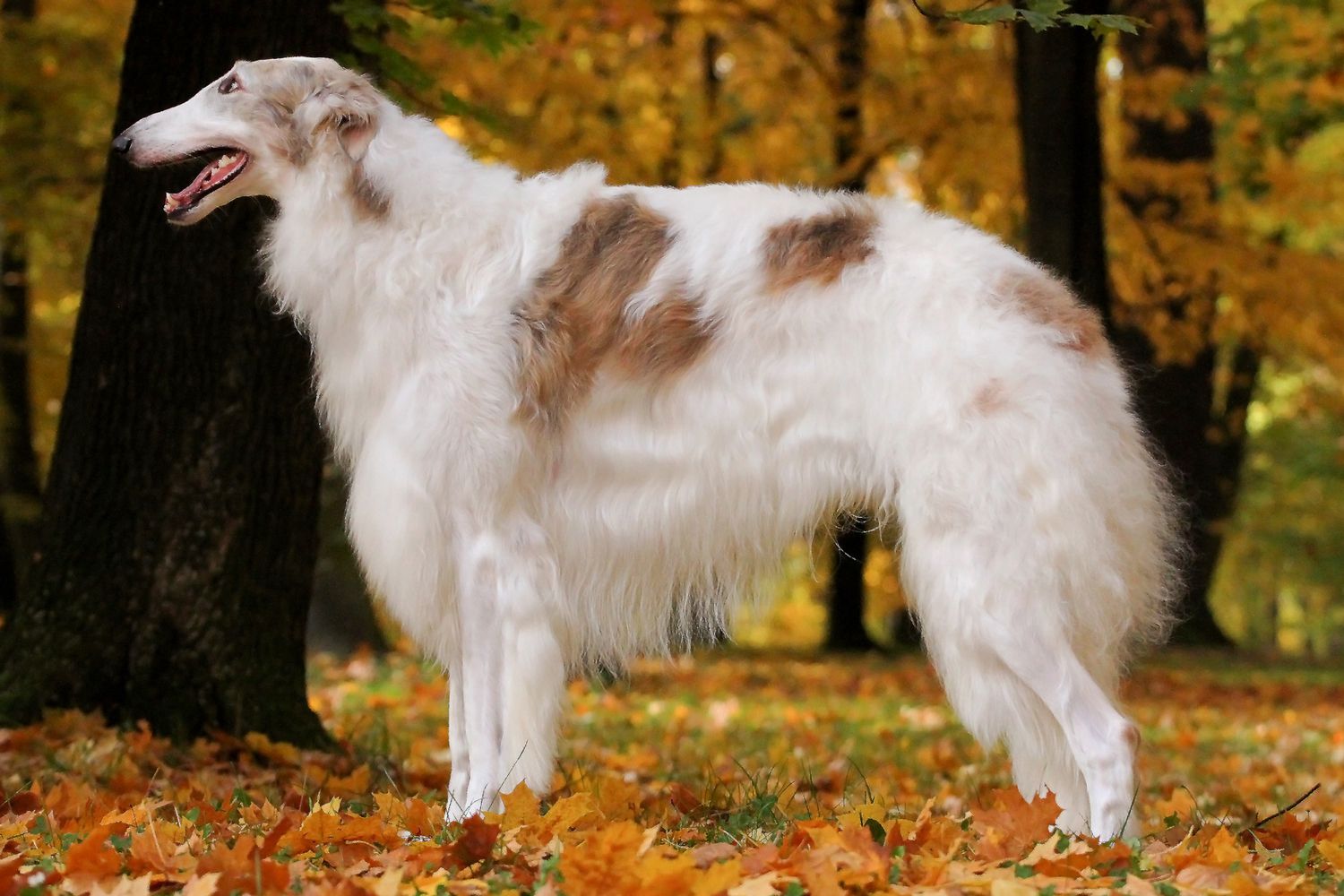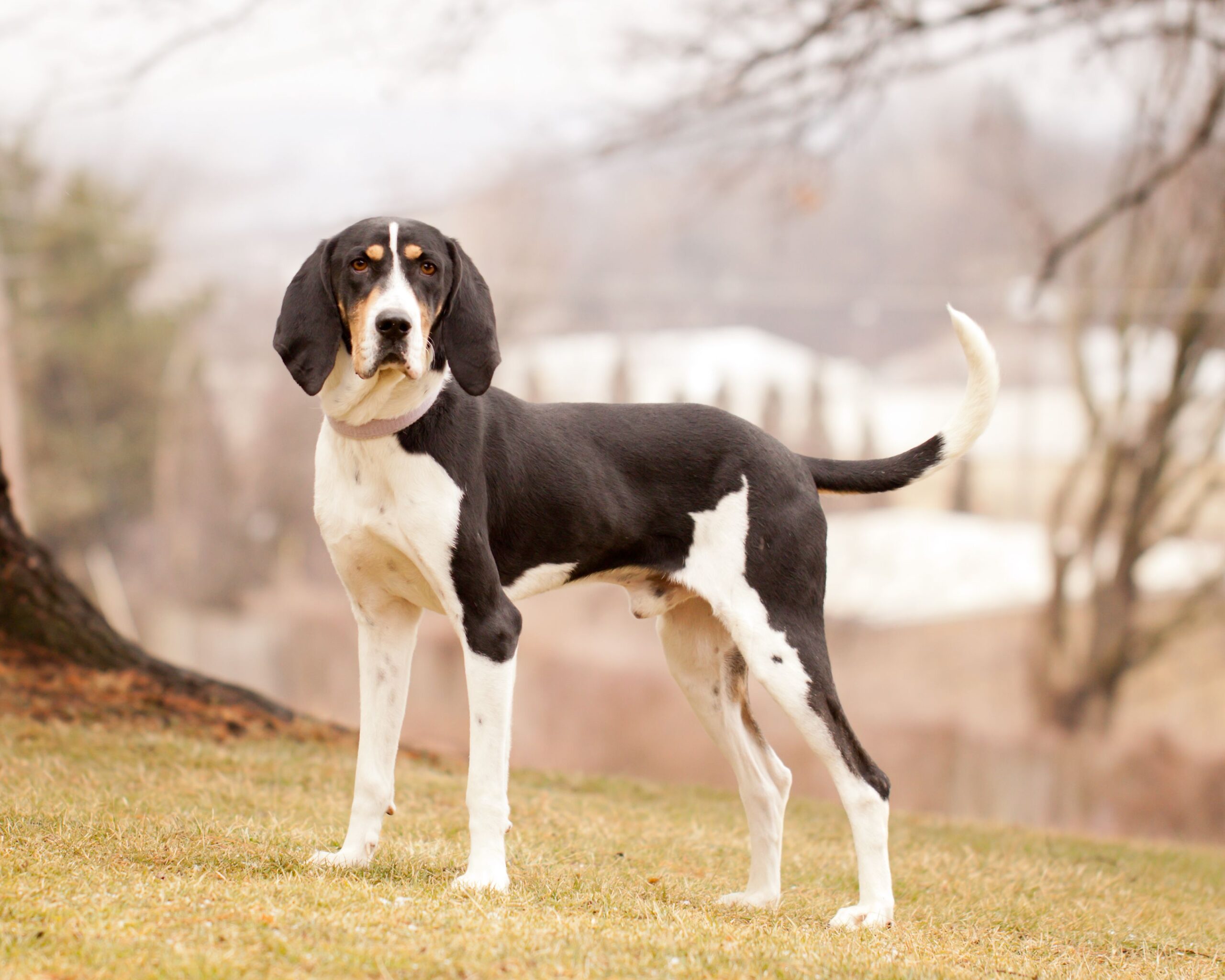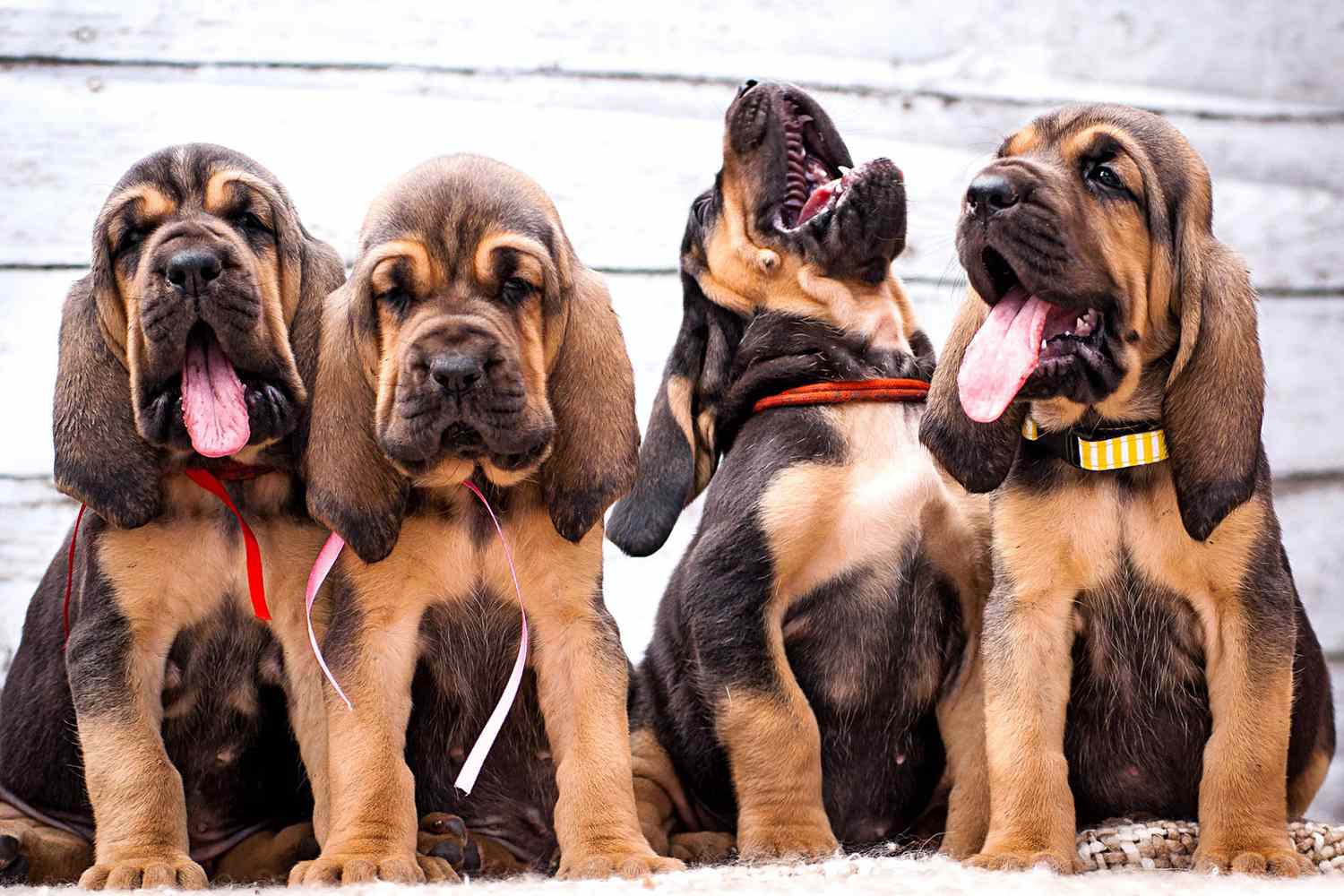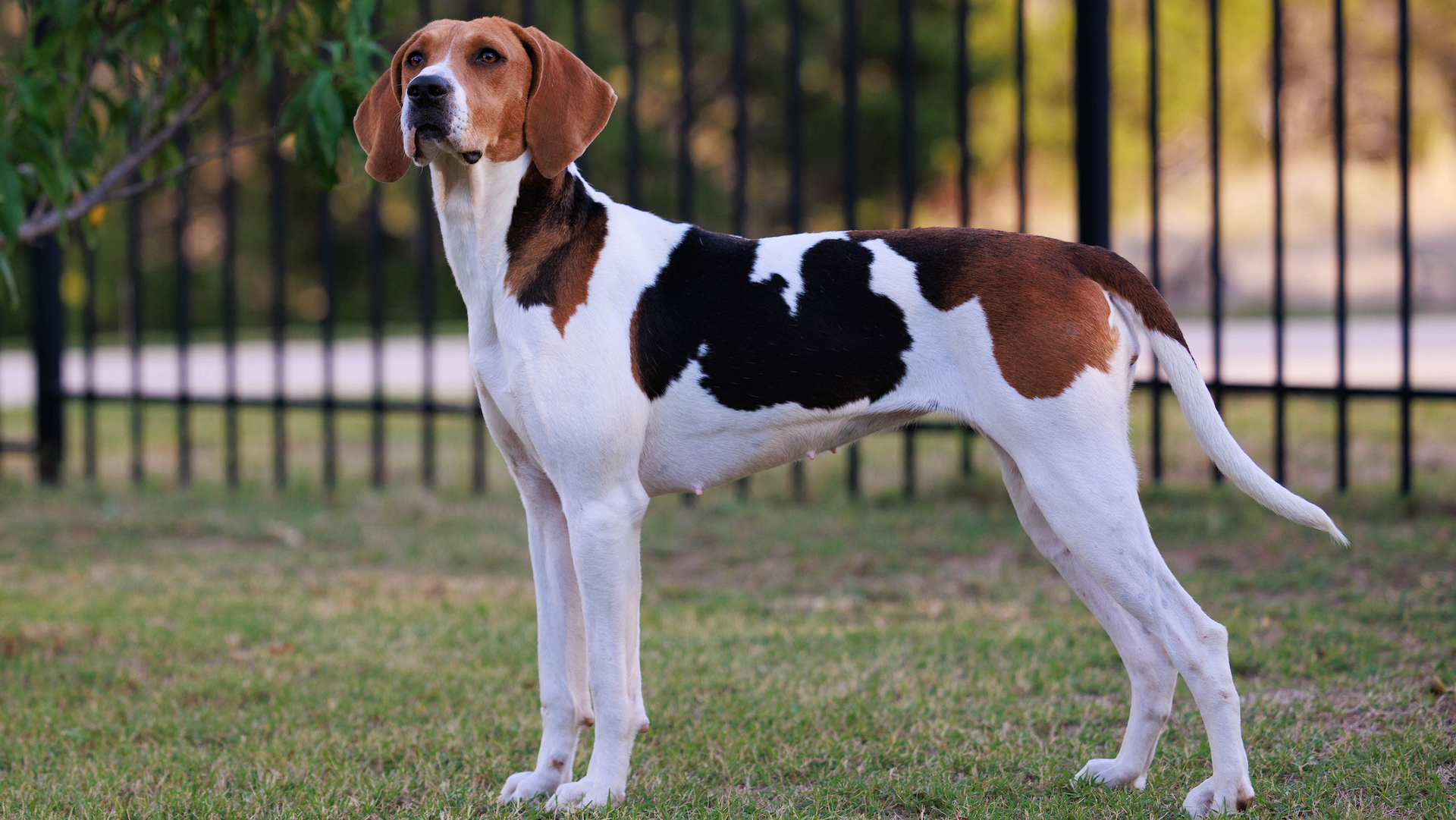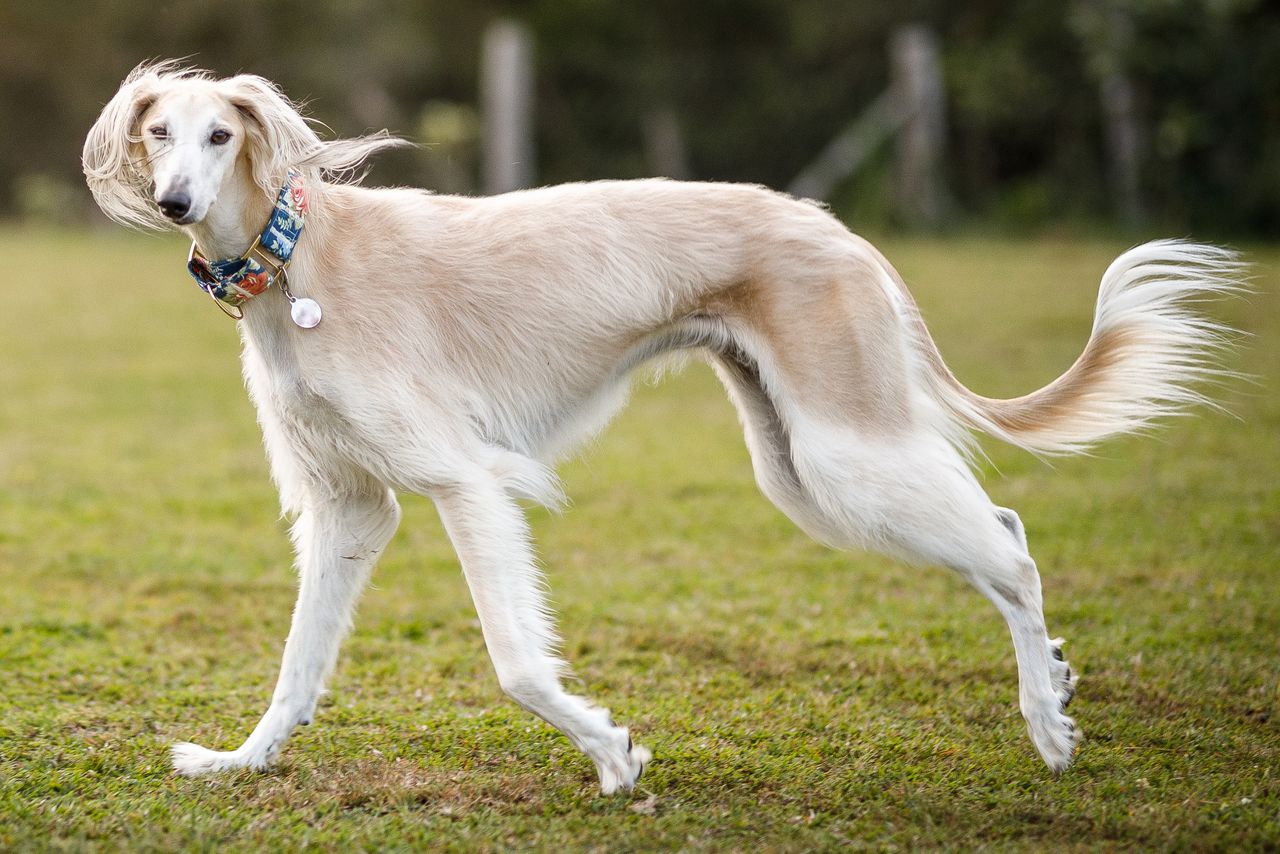My Introduction to the Magnificent Borzoi
The first time I saw a Borzoi in person was at a specialty dog show in Vermont. I remember standing by the ring, watching various breeds compete, when suddenly these ethereal creatures seemed to float into the arena. With their impossibly long, narrow heads, flowing silky coats, and the most elegant movement I’d ever seen in a dog, they looked like something from another world entirely – part greyhound, part supermodel, and entirely captivating. “What ARE those?” I whispered to the woman next to me. “Russian Wolfhounds,” she said with a knowing smile. “Borzoi. Once you fall in love with them, no other breed quite compares.”
After the judging, I couldn’t help myself – I had to meet one up close. The owner I approached was gracious enough to let me meet her champion male, a cream and white giant who stood nearly as tall as my waist. Despite his imposing size, he greeted me with gentle curiosity and remarkable poise. “They’re not just beautiful,” the owner explained. “They’re ancient, athletic, and have personalities as distinctive as their appearance.” By the end of our conversation, I understood why Borzoi enthusiasts speak of them with such devotion and why, despite their challenges, they inspire such loyalty in their owners.
If you’ve only seen Borzoi in photos or perhaps in classic Russian literature, you’re missing the complete experience of these extraordinary dogs. Behind that spectacular flowing coat and aristocratic bearing lies one of the most distinctive sighthound breeds – a hunter, companion, and aristocrat with a personality as unique as its appearance.
Whether you’re considering adding one of these elegant hounds to your family, fascinated by their incredible history, or simply curious about distinctive dog breeds, I’ve put together the ultimate guide to Borzoi. From their fascinating Russian heritage to what they’re actually like as companions (spoiler alert: they’re not for everyone!), we’ll cover everything you need to know about these extraordinary dogs. So grab your favorite beverage, get comfortable, and let’s explore the wonderful world of Borzoi!
Royal Russian Heritage: The Fascinating History of Borzoi
To truly understand what makes Borzoi so special, we need to appreciate their extraordinary history, which has shaped every aspect of these remarkable animals, from their distinctive appearance to their unique temperament.
Origins in Imperial Russia
The Borzoi’s history is inextricably linked to Russia, where they were developed over centuries as hunting companions for the nobility and aristocracy. Their name comes from the Russian word “borzyi,” meaning swift or fast – a fitting description for these fleet-footed hunters.
The breed as we know it today began taking shape in the 17th century, when Russian nobles crossed Arabian sighthounds with thick-coated Russian breeds to create a dog that combined speed with the ability to withstand the harsh Russian winters. These early Borzoi were used primarily to hunt wolves – a dangerous quarry that required dogs with exceptional speed, courage, and strength.
Borzoi hunting reached its peak during the 17th to 19th centuries, when Russian aristocrats maintained enormous kennels sometimes housing hundreds of hounds. The most spectacular hunts, known as “wolf coursing,” involved packs of Borzoi working in trios – typically two males and a female – to chase and hold wolves until mounted hunters arrived. These elaborate hunts were as much social events as they were practical, showcasing the wealth and status of the nobles who organized them.
Journey to the Western World
The Russian Revolution of 1917 marked a turning point in Borzoi history. As the aristocracy fell, many of their dogs were killed as symbols of excess and privilege. Fortunately, some had already been gifted to royal families throughout Europe and others were smuggled out of the country by devoted fanciers.
The breed found particular favor with Queen Victoria of England, who was given a Borzoi by Tsar Nicholas II. In America, the Borzoi gained popularity in the early 20th century, particularly among the wealthy who appreciated their exotic appearance and aristocratic heritage. The breed was recognized by the American Kennel Club in 1891 (initially as the Russian Wolfhound, with the name changing to Borzoi in 1936).
During the Art Deco period of the 1920s and 1930s, Borzoi frequently appeared in art and advertising, their sleek, elegant lines perfectly complementing the aesthetic of the era. This visibility helped cement their place in Western culture, though they remained relatively rare compared to more common breeds.
From Hunter to Companion
Today’s Borzoi has transitioned from working hunter to companion and show dog, though many still participate in coursing events that showcase their natural abilities. Despite this change in role, they’ve maintained the unique characteristics shaped by their hunting heritage – their exceptional speed, their independent nature, and their distinctive appearance designed for function in the harsh Russian climate.
Modern Borzoi enthusiasts work to preserve the breed’s historical type and working ability while adapting to contemporary needs as family companions. The breed remains relatively uncommon, ranking around 90th in popularity among AKC-registered breeds, which has helped maintain their health and distinctive character.
The Borzoi Look: Aristocratic Elegance
The Borzoi’s appearance is one of the most distinctive in the canine world – a unique combination of graceful curves, flowing lines, and dramatic proportions that instantly identifies them even to those unfamiliar with the breed.
Size and Structure
Borzoi are large, elegant sighthounds with a distinctive narrow, elongated build. Males typically stand 28-32 inches at the shoulder and weigh between 75-105 pounds, while females are slightly smaller at 26-30 inches and 60-85 pounds. Despite their impressive size, they give an impression of lightness and grace rather than bulk or power.
Their overall silhouette is defined by sweeping curves and elegant proportions. Key physical characteristics include:
- A long, narrow head with a slightly domed skull and very long muzzle
- Dark, almond-shaped eyes with an intelligent, somewhat melancholy expression
- Small ears that lie back against the neck when relaxed but can perk up with interest
- An arched neck flowing into sloping shoulders
- A deep but narrow chest that provides lung capacity for sprinting
- A dramatically curved topline with a distinct arch over the loin
- Long, slender legs with substantial bone
- A long, low-set tail carried in a curve when the dog is attentive
Perhaps most captivating is the Borzoi’s movement – a seemingly effortless, floating gait with tremendous reach and drive that showcases their inherent athleticism. When running at full speed, they can reach up to 35-40 miles per hour, covering ground with breathtaking efficiency and grace.
The Signature Coat
The Borzoi’s coat is one of their most distinctive features – long, silky, and usually wavy or slightly curly. This beautiful coat served a practical purpose in the breed’s homeland, providing protection against the harsh Russian winters while allowing for efficient cooling during the chase.
The coat is particularly abundant on the neck (forming a distinctive ruff), the chest, backs of the legs (feathering), and the tail. The body coat varies in length and thickness, with some Borzoi having more profuse coats than others.
Borzoi come in virtually any color or combination of colors, including:
- White
- Cream or pale gold
- Various shades of gold or red
- Brindle (tiger-striped pattern)
- Black
- Gray or silver
- Parti-color (large patches of different colors)
Many Borzoi have facial markings or masks that add to their distinctive appearance. The breed standard accepts all colors and patterns, with no preferences given to any particular coloration.
While undeniably beautiful, the Borzoi’s coat requires moderate maintenance. Most owners brush their dogs 2-3 times weekly to prevent mats and tangles, with more frequent brushing during seasonal shedding periods. Despite the length of their coat, Borzoi are relatively clean dogs with minimal “dog odor,” and many owners describe them as having an almost cat-like attention to personal grooming.
Personality & Temperament: The Borzoi Character
Behind the Borzoi’s striking appearance lies a personality as distinctive as their looks. Understanding their unique temperament is essential for anyone considering sharing their life with one of these special dogs.
The Quiet, Independent Soul
Perhaps the most defining characteristic of Borzoi temperament is their quiet independence. Unlike many breeds that constantly seek human direction and approval, Borzoi maintain a certain self-contained dignity that some describe as “cat-like.” They form deep bonds with their people but express their affection in subtle, sometimes understated ways.
This independence doesn’t mean Borzoi are aloof or uncaring – they simply interact with humans on their own terms. Many enjoy physical affection and will seek out contact, leaning against their favorite people or gently placing their long head in a lap. However, they typically don’t demand constant attention or follow their owners from room to room with the persistence of some more dependent breeds.
In the home, most Borzoi are remarkably calm and quiet, spending much of their time lounging in comfortable spots and observing household activities with serene interest. They rarely bark without good reason, and many owners report going months without hearing their Borzoi vocalize at all. This quiet nature makes them excellent apartment dogs despite their size, provided their exercise needs are met.
Sensitivity and Intelligence
Another key aspect of Borzoi temperament is their remarkable sensitivity. These dogs are finely attuned to their environments and particularly to the emotions of their human family members. Harsh words or conflict can deeply affect a Borzoi, and they typically respond poorly to forceful training methods or any form of roughness.
This sensitivity is paired with a distinctive form of intelligence. Borzoi are certainly smart dogs, but their intelligence manifests differently than in breeds specifically developed for trainability and working closely with humans. Their thinking is independent and sometimes philosophical – they consider requests rather than automatically complying and may choose whether to respond based on their own assessment of the situation.
Many Borzoi owners describe moments when their dogs seem to be contemplating life’s deeper questions, gazing into the distance with a thoughtful expression. While this may be anthropomorphizing, there is something uniquely reflective in the Borzoi’s demeanor that sets them apart from more action-oriented breeds.
The Hunter’s Heart
Despite their often calm demeanor at home, Borzoi remain hunters at heart. Their prey drive – the instinct to spot, chase, and capture moving animals – is strong and has profound implications for living with them as companions.
A Borzoi who spots a rabbit, cat, or even a plastic bag blowing in the wind may instantly transform from a serene couch ornament to a focused predator. Their exceptional eyesight can detect minute movements at great distances, and once they lock onto potential “prey,” their recall reliability drops dramatically as hunting instincts take over.
This prey drive means that Borzoi should never be trusted off-leash in unsecured areas, regardless of how well-trained they seem. A securely fenced yard (minimum 6 feet high) is essential for allowing them safe freedom to run, and leashed walks should be conducted with awareness of their potential to lunge after small animals.
The flip side of this strong prey drive is the Borzoi’s natural athleticism and joy in running. Providing safe outlets for this instinct – through lure coursing, racing, or running in securely fenced areas – is one of the greatest gifts an owner can give their Borzoi.
Living With a Borzoi: Practical Considerations
Beyond their history and personality, what’s it actually like to share your home with a Borzoi? There are some unique considerations that potential owners should understand before bringing one of these special dogs home.
Space and Exercise Needs
Despite their large size, Borzoi don’t require as much living space as many people assume. Their typically calm indoor behavior means they can adapt well to various living situations, including apartments, provided their exercise needs are met. Many Borzoi are content to spend much of their day lounging on comfortable furniture, taking up far less “active space” than more energetic breeds.
That said, they do need regular exercise to maintain physical and mental health. Most Borzoi thrive with 30-60 minutes of activity daily, ideally including some opportunity to run safely in a securely fenced area. Their exercise pattern typically follows their hunting heritage – short bursts of intense activity followed by long periods of rest and relaxation.
Options for exercising a Borzoi include:
- Leashed walks (using a strong leash and possibly a harness given their strength)
- Running in a securely fenced yard or dog park
- Lure coursing or racing events specifically for sighthounds
- Structured activities like agility or obedience (though not all Borzoi enjoy these)
It’s worth noting that Borzoi puppies and young adults should have their exercise carefully managed to protect developing joints and bones. Forced exercise, jumping, or running on hard surfaces should be minimized until physical maturity, which in this slow-maturing breed may not occur until 2-3 years of age.
Training Approaches
Training a Borzoi requires understanding their unique mindset and using approaches that work with, rather than against, their natural tendencies. Effective Borzoi training typically involves:
- Positive reinforcement using rewards the individual dog values
- Consistency and clear communication about expectations
- Short, engaging sessions that prevent boredom
- Patience and acceptance of their independent nature
- Recognition that perfect obedience may not be achievable
Many Borzoi respond well to training that appeals to their intelligence and sensitivity while respecting their dignity. Harsh corrections or repetitive drilling typically backfire, causing these sensitive dogs to shut down or resist further training. Most successful Borzoi owners describe their training relationship as a respectful partnership rather than a traditional hierarchy.
Basic obedience and house manners are certainly achievable with patience and consistency. Priorities should include reliable recall in enclosed areas, leash manners to manage their strength and prey drive, and appropriate household behavior. Beyond these essentials, many Borzoi enjoy learning tricks or participating in dog sports that showcase their natural abilities, particularly lure coursing.
Grooming Realities
The Borzoi’s beautiful coat requires regular maintenance to keep it in good condition, though perhaps less than some might expect given its length and silkiness. Most Borzoi owners establish a routine that includes:
- Brushing 2-3 times weekly with a pin brush or slicker to prevent mats
- Special attention to areas prone to tangling (behind ears, armpits, etc.)
- More frequent brushing during seasonal shedding periods (typically spring and fall)
- Occasional baths (usually every 4-6 weeks) with appropriate shampoo for their coat type
- Regular nail trimming and ear cleaning
Many Borzoi owners describe their dogs as naturally fastidious, requiring less bathing than many breeds and rarely developing the “dog odor” common in some types. This natural cleanliness makes them easier to maintain than their luxurious coats might suggest.
One grooming consideration specific to Borzoi is their sensitivity to heat. Their beautiful coat can make them vulnerable to overheating in warm weather, necessitating access to shade, fresh water, and air conditioning during hot periods. Exercise should be limited to cooler parts of the day during summer months.
Health Considerations
Borzoi are generally healthy dogs with a typical lifespan of 9-12 years. Like other large, deep-chested breeds, they have some specific health considerations that potential owners should be aware of:
- Gastric Dilatation-Volvulus (bloat): This life-threatening condition, where the stomach twists, is a significant risk in deep-chested breeds like Borzoi. Many owners feed multiple small meals, avoid exercise around mealtimes, and discuss preventive surgery (gastropexy) with their veterinarians.
- Cardiac issues: Various heart conditions, including cardiac arrhythmias, occur in the breed.
- Osteochondrosis Dissecans (OCD): A developmental bone condition that can affect joints.
- Progressive Retinal Atrophy (PRA): An inherited eye condition that can lead to blindness.
- Anesthesia sensitivity: Like other sighthounds, Borzoi can be sensitive to certain anesthetics due to their low body fat. Working with a veterinarian experienced with sighthounds is important.
Responsible breeders screen breeding stock for genetic health issues and work to minimize these problems. When considering a Borzoi puppy, asking about health testing and longevity in the bloodline provides insight into what to expect.
Borzoi and Other Pets: Managing Coexistence
One of the most important considerations for potential Borzoi owners is how these dogs interact with other animals. Their strong prey drive significantly impacts their ability to safely coexist with smaller pets.
Borzoi and Cats
The relationship between Borzoi and cats varies widely between individual dogs. Some Borzoi live harmoniously with cats, particularly when:
- They’re raised with cats from puppyhood
- The cats are confident and not prone to running
- The individual Borzoi has a relatively low prey drive
- Interactions are carefully managed, especially during early introductions
However, many Borzoi maintain a strong chase instinct even toward cats they’ve lived with for years. This doesn’t necessarily mean they intend to harm the cat – the chase itself is what drives them – but the size difference creates obvious risk.
Households with both Borzoi and cats typically need management strategies like:
- Separate spaces where cats can retreat beyond the dog’s reach
- Supervision during interactions, especially when the dog is excited
- Training the Borzoi to respond to interruption cues when focusing on the cat
- Never leaving them alone together if there’s any history of chasing behavior
Borzoi and Small Animals
With smaller pets like rabbits, guinea pigs, hamsters, and birds, the situation is generally more clear-cut. These animals closely resemble the natural prey that Borzoi were bred to chase, and their movements are particularly likely to trigger chase responses.
Most experienced Borzoi owners recommend complete separation between Borzoi and small prey animals. This typically means keeping small pets in secure rooms or enclosures and never leaving the dog unsupervised in their presence.
Outdoor wildlife presents another consideration. Many Borzoi will enthusiastically chase squirrels, rabbits, and other wild animals they encounter on walks or in yards. Secure leash handling and properly contained areas for off-leash time are essential for both the dog’s safety and wildlife protection.
Borzoi and Other Dogs
Most Borzoi get along well with other dogs, particularly when properly socialized from puppyhood. Many find the companionship of another dog beneficial, especially another sighthound who matches their play style and energy patterns.
When introducing a Borzoi to other dogs, the same principles of good dog introductions apply: neutral territory, controlled circumstances, and awareness of each dog’s body language and comfort level. Most Borzoi are not dog-aggressive, though like any breed, individual temperaments vary.
Is a Borzoi Right for You? Honest Assessment
After learning all about these elegant, aristocratic hounds, you might be wondering if a Borzoi would fit well in your lifestyle. Let’s take an honest look at who should (and perhaps shouldn’t) consider this breed.
You Might Be a Great Borzoi Owner If…
A Borzoi might be right for you if:
- You appreciate independent dogs with unique personalities
- You enjoy a dog that’s generally quiet and calm indoors
- You have time for regular grooming and care
- You can provide secure fencing or committed on-leash management
- You understand and respect their hunting heritage
- You’re patient with training and accept that perfect obedience may not be achievable
- You’re willing to accommodate their size with appropriate furniture and space
- You appreciate a sensitive, thoughtful dog over one that’s constantly eager to please
- You’re interested in activities like lure coursing that showcase their natural abilities
Borzoi can adapt to various household compositions, including families with older, respectful children; adult-only homes; and single-person households. They often do well in quieter environments where their dignity and sensitivity are respected.
A Different Breed Might Be Better If…
A Borzoi might not be the best choice if:
- You want a dog that’s easily trainable with high reliability off-leash
- You have small pets and aren’t willing or able to manage potential prey drive
- You have very young children who might play roughly or unpredictably
- You want a guard dog (most Borzoi are reserved but not protective)
- You prefer a dog that’s demonstratively affectionate with everyone it meets
- You want a dog that follows you everywhere, seeking constant interaction
- You have limited time for grooming or coat maintenance
- You live in an extremely hot climate without air conditioning
- You’re a first-time dog owner looking for an “easy” breed
Finding Your Borzoi
If you decide a Borzoi is right for you, there are several paths to finding your perfect companion:
- Breed-specific rescue organizations: Groups like National Borzoi Rescue Foundation or regional sighthound rescues occasionally have Borzoi in need of homes.
- Reputable breeders: Research is essential to find breeders who prioritize health and temperament, conduct appropriate health testing, and provide lifetime support to puppy buyers. The Borzoi Club of America maintains a breeder referral service.
- Showing vs. coursing lines: Some breeders focus more on dogs for the show ring, while others emphasize coursing ability. Discussing your lifestyle and expectations with breeders helps find the right match.
Be prepared for a potential wait, especially if you’re seeking a puppy from a reputable breeder. The best breeders often have waiting lists and breed only when they have homes lined up for all puppies.
Conclusion: The Timeless Appeal of the Aristocratic Borzoi
There’s something almost magical about Borzoi. Perhaps it’s their connection to Russian history and literature, evoking images of snow-covered landscapes and aristocratic hunts. Perhaps it’s their extraordinary beauty – the flowing lines, the silky coat, the regal bearing that turns heads wherever they go. Or perhaps it’s their unique personality – thoughtful, independent, and somehow both ancient and timeless.
Living with a Borzoi means embracing certain accommodations – the space they require (both physically and emotionally), their grooming needs, the management of their prey drive, and acceptance of their independent nature. But for those who connect with their special spirit, these accommodations are minor compared to the joy of sharing life with such an extraordinary companion.
Borzoi aren’t for everyone, and that’s perfectly okay. Their unique combination of independence, sensitivity, and strong hunting instincts requires understanding and accommodation. But for those who appreciate their special qualities, Borzoi offer a connection to history, a breathtaking demonstration of canine elegance, and a subtle, dignified companionship unlike any other breed.
If you decide to welcome one of these aristocratic sighthounds into your heart and home, prepare for a relationship unlike any other – filled with moments of breathtaking beauty, quiet companionship, and the distinctive personality of a breed that has maintained its essential character through centuries of history. As Borzoi aficionados often say, once you’ve been blessed with the companionship of these special dogs, no other breed quite compares.
